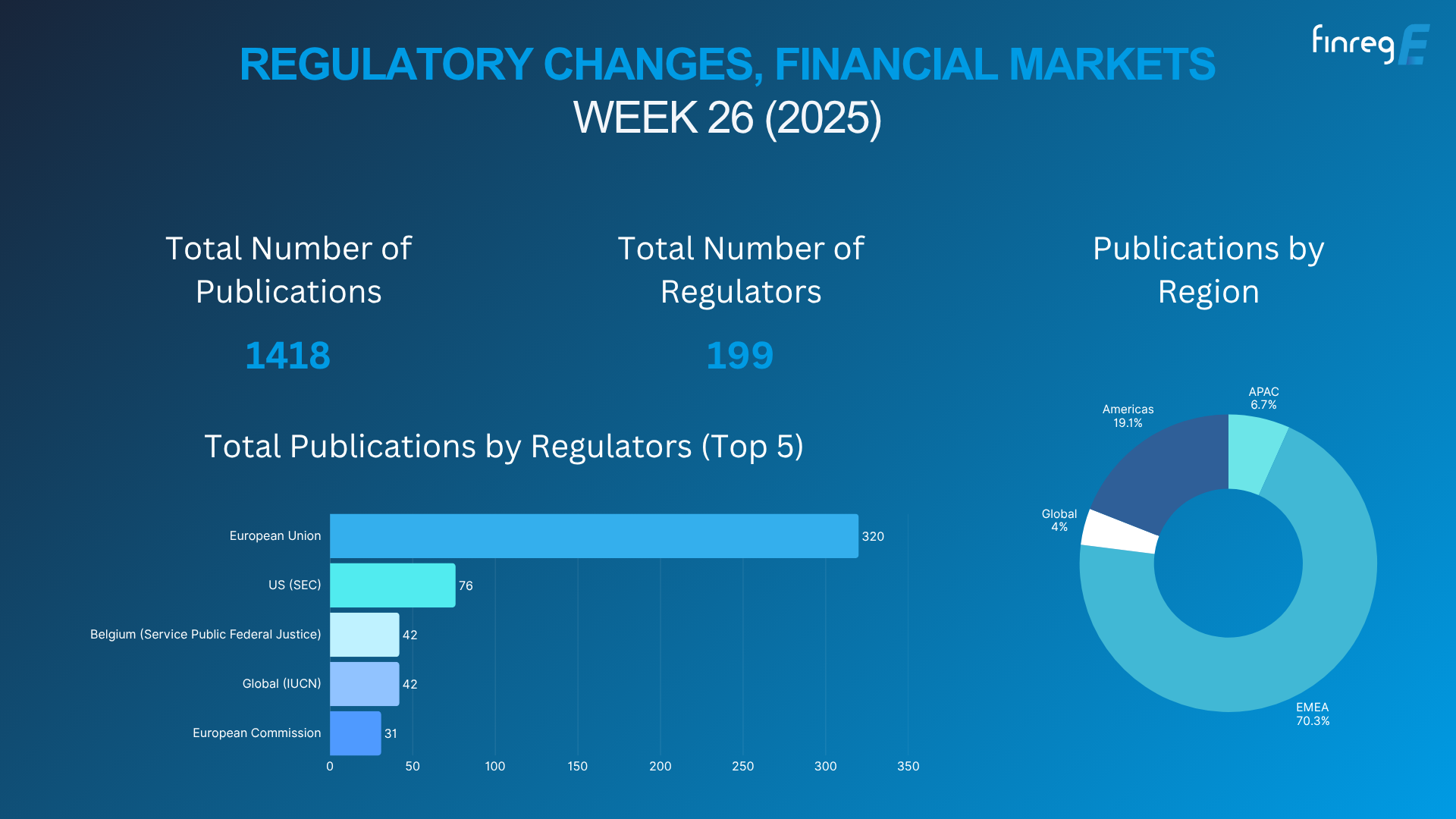With regulators constantly unveiling new compliance requirements and amending existing regulations to meet a slew of contemporary challenges like climate change, organisations are having a hard time keeping up with the pace of change.
Many financial organisations are facing difficulties in discerning if internal operations, policies, and procedures are in line with the latest regulatory requirements, making it challenging to decide how recent amendments apply to them, and if so, what adjustments should they make to internal operations to comply with the latest amendments.
This increases the risk of facing legal action and hefty fines for non-compliance.
Financial service providers must, therefore, adopt regulatory intelligence technology to keep up with recent updates without delay or significant cost.
Thanks to RegTech solutions, this task is not as far fetched as it seems. These compliance tools make it possible to transform financial compliance from a slow, inefficient, and costly process into a fast, efficient procedure that is always on top of the latest regulatory requirements.
Leveraging regulatory mapping to achieve compliance
Today, regulatory mapping is emerging as a popular tool for enforcing compliance requirements—unsurprising given the difficulties organisations face when turning compliance into a more efficient function.
Regulatory mapping technology analyses large volumes of regulatory text, breaking down complex data into easily understandable information to identify regulatory requirements financial institutions must follow.
The technology leverages AI and Natural Language Processing to eliminate complex, time-consuming compliance tasks and convert financial compliance into an automated, efficient, and proactive business function.
By using this regulatory mapping, compliance teams can track the latest updates from different regulatory bodies, helping them map these requirements to internal policies, processes, and controls.
This is critical as it allows organisations to determine what measures compliance professionals need to take to ensure compliance with the latest regulatory changes. It also allows compliance personnel to save time spent on keeping updated on the latest rulings.
When using traditional tools, compliance personnel spend hours analysing news feeds, regulatory websites, and other sources for the latest amendments and then determining how these updates apply to their workflows. This takes a significant amount of time and contributes to the increasing cost of compliance.
Regulatory mapping technology, on the other hand, automates the process, reducing the time and costs required to keep up with regulatory amendments while improving accuracy.
That said, for regulatory mapping technology to work, there must be an effective strategy to incorporate the latest findings into regular business operations. The technology can only protect a business or provide helpful insight if there are mechanisms that relay findings to key decision-makers.
Without the right systems in place, it would be challenging to keep updated on the latest compliance laws and leverage the full potential of regulatory mapping technology.
Fortunately, several mechanisms—like assigning staff members to monitor and analyse tasks—can help facilitate change, even within large organisations.
If financial organisations lack the internal resources to execute these functions, they can hire a third-party consultant that is well-versed in compliance regulation to ensure that internal processes are in line with regulatory changes.
Achieving efficiency and accuracy in regulatory compliance workflows
With local, national, and international regulatory bodies passing new regulations at an increasing rate, organisations face a challenge in keeping up with the latest updates in financial regulation.
The silver lining is that, with RegTech solutions, it is possible to turn compliance into a more responsive process and ensure compliance with the latest rulings. Evolving with the regulatory landscape is critical if organisations want to reduce the cost of compliance.
Given the rapid pace of regulatory developments, businesses need advanced RegTech tools that can help them facilitate the process.
Hence, regulatory mapping is critical; it allows organisations to identify recent amendments they must follow while reducing the time and effort required to stay up to date regarding the latest regulatory changes, turning financial regulatory compliance into a more efficient process.





